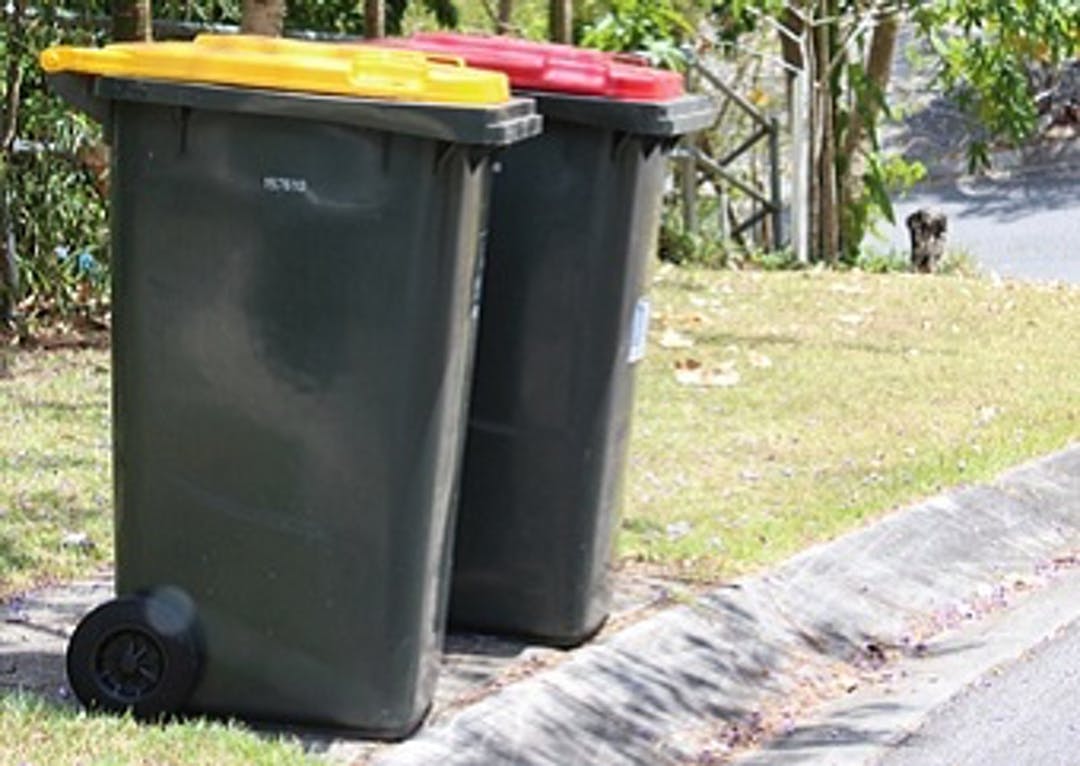I just received my replacement wheelie bin today, after the last rubbish collection destroyed the former bin of 26 years’ service. That’s now consigned (hopefully) to the recycler’s grinder to become feedstock for new HDPE bins.
At a replacement cost of $106.77, that simplistically translates to a capital cost of $4.10 per annum, or $0.08 per weekly collection. OK, my results are inaccurate. You have me there. But the aim was to do a simple costing, to get the point across.
Is this important?
That depends whether you are responsible for managing the performance of your company’s capital investments.
The discussion I had with the bin manufacturer’s delivery driver was revealing. I commented on the service life of the bin and my observation of the degrading care and behaviour of the current collection contractor. The fellow was most supportive of the collection contractors, stating “…they’re keeping us busy!” He suggested the long service life of the former bin won’t be matched. From his observation, more like 5 or 6 years – a reduction of around 77%. This means a cost per service of around $0.34, or an increase of 425%!
By observation, the single most influential variable in the revised lifespan of this bin is the care in its weekly handling by the collection truck driver. I load the bin, so I can say this with some confidence. I don’t overload it, or place unacceptable items in it. My behaviour remains fairly consistent. This suggests driver training, competence and discipline may be variable in the collection company. There may be other factors that influence the driver’s behaviour, so that’s another avenue for investigation.
In managing this contract, or preparing for the renewal, the Council probably needs to reconsider the actual cost of the bin collection and challenge the Contractor’s behaviour. Any significant increases in replacement bin numbers between historic collection contracts has to be measured and understood. Training and supervision appears to have a substantial influence on the quality and efficiency of service. This extends to the wear and tear cost of the Council / Ratepayer provided bins.
The take-away from this trivial tale, is the process of uncovering genuine hidden costs of capital infrastructure.
How assets are used can make a significant difference to their economy and value to the business. Training, supervision and morale play a significant part in delivering efficiency, for both the operating and capital accounts within a company.

